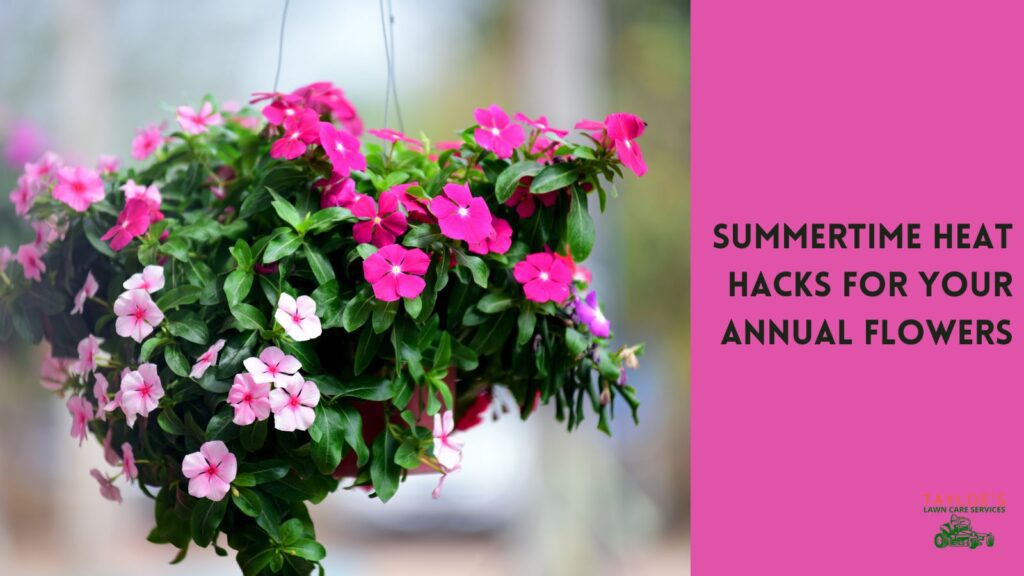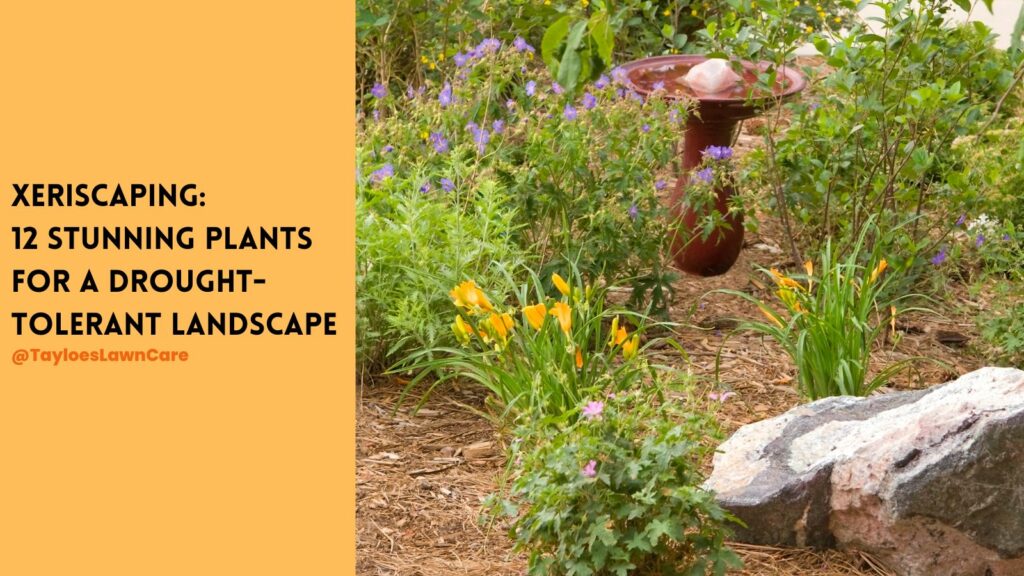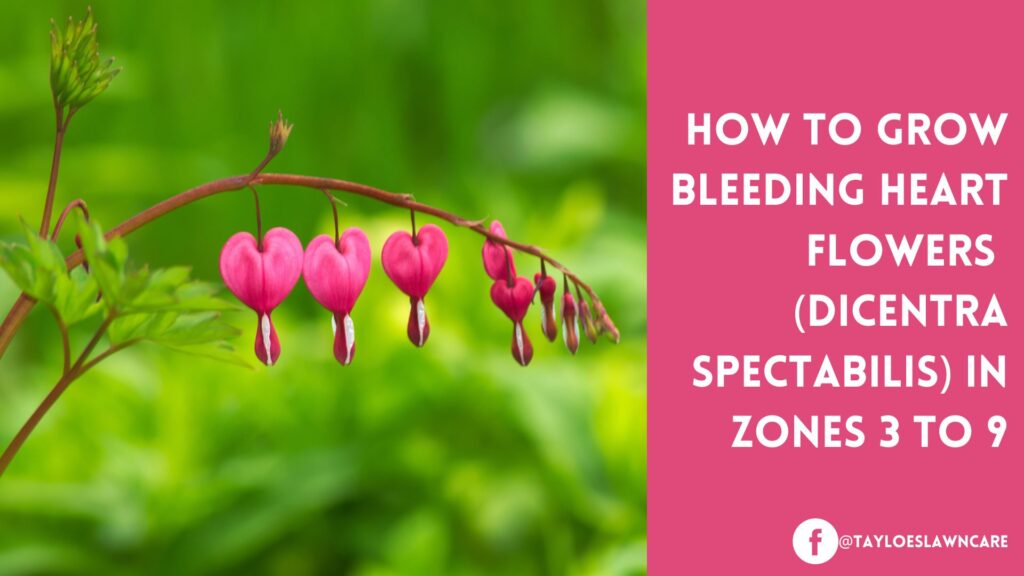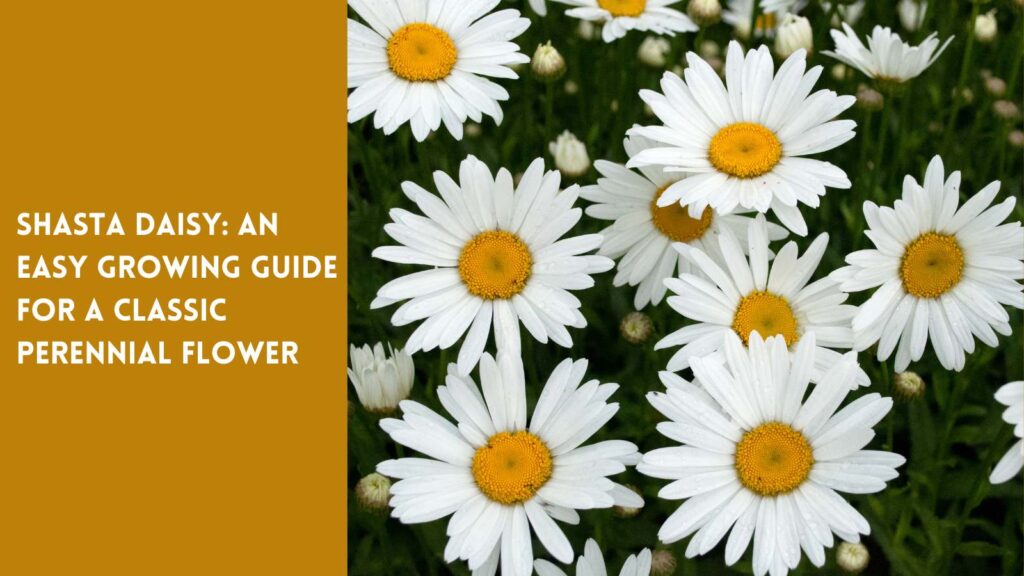Last Updated on: 17th July 2024, 06:57 am
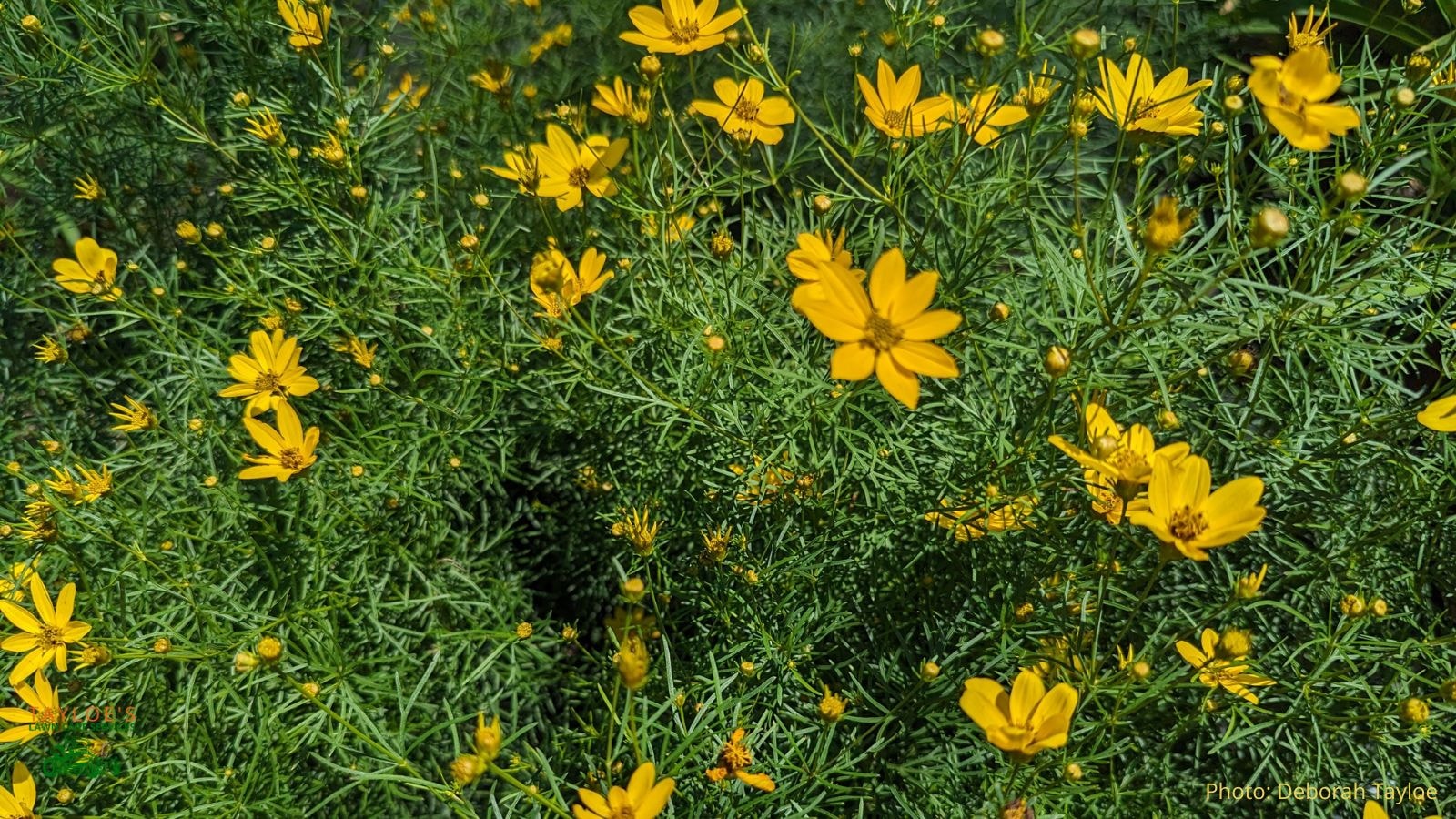
What is threadleaf coreopsis?
Threadleaf Coreopsis, scientifically known as Coreopsis verticillata, is a beloved garden flower gracing landscapes since the 19th century. Known for its striking yellow flowers and ability to attract pollinators like bees and butterflies, this plant is a favorite among gardeners and nature enthusiasts. Also referred to as Whorled Coreopsis, Whorled Tickseed, or Thread Leaf Coreopsis, this plant combines aesthetic appeal with environmental benefits, making it a must-have in any garden.
Coreopsis verticillata: A Brief Overview
Threadleaf Coreopsis is a perennial plant native to North America, particularly thriving in the eastern and central regions. Its popularity has not waned over the centuries, a testament to its resilience and beauty.
Notably, it has been awarded the Royal Horticultural Society’s Award of Garden Merit, recognizing its exceptional qualities as a garden plant.
It’s spread and stems that reach a mid-tall height make it wonderful in the middle row of a border garden. The native plants start greening up in early spring, with sunny flowers appearing in the late summer until autumn.
History and Origin of Whorled Coreopsis
Coreopsis verticillata is native to North America, flourishing in the wild landscapes of the eastern and central parts of the continent. Its adaptability and profusion of vibrant blooms make it incredibly popular. It is an unfussy plant, tolerant of low humidity, drought, and other dry conditions.
The plant’s widespread appeal and adaptability have earned it the prestigious Royal Horticultural Society’s Award of Garden Merit, a mark of its reliability and excellence in horticulture.
Characteristics of This Lovely, Drought-Tolerant Coreopsis
What do you need to know about this late-summer beauty? Read on to learn more.
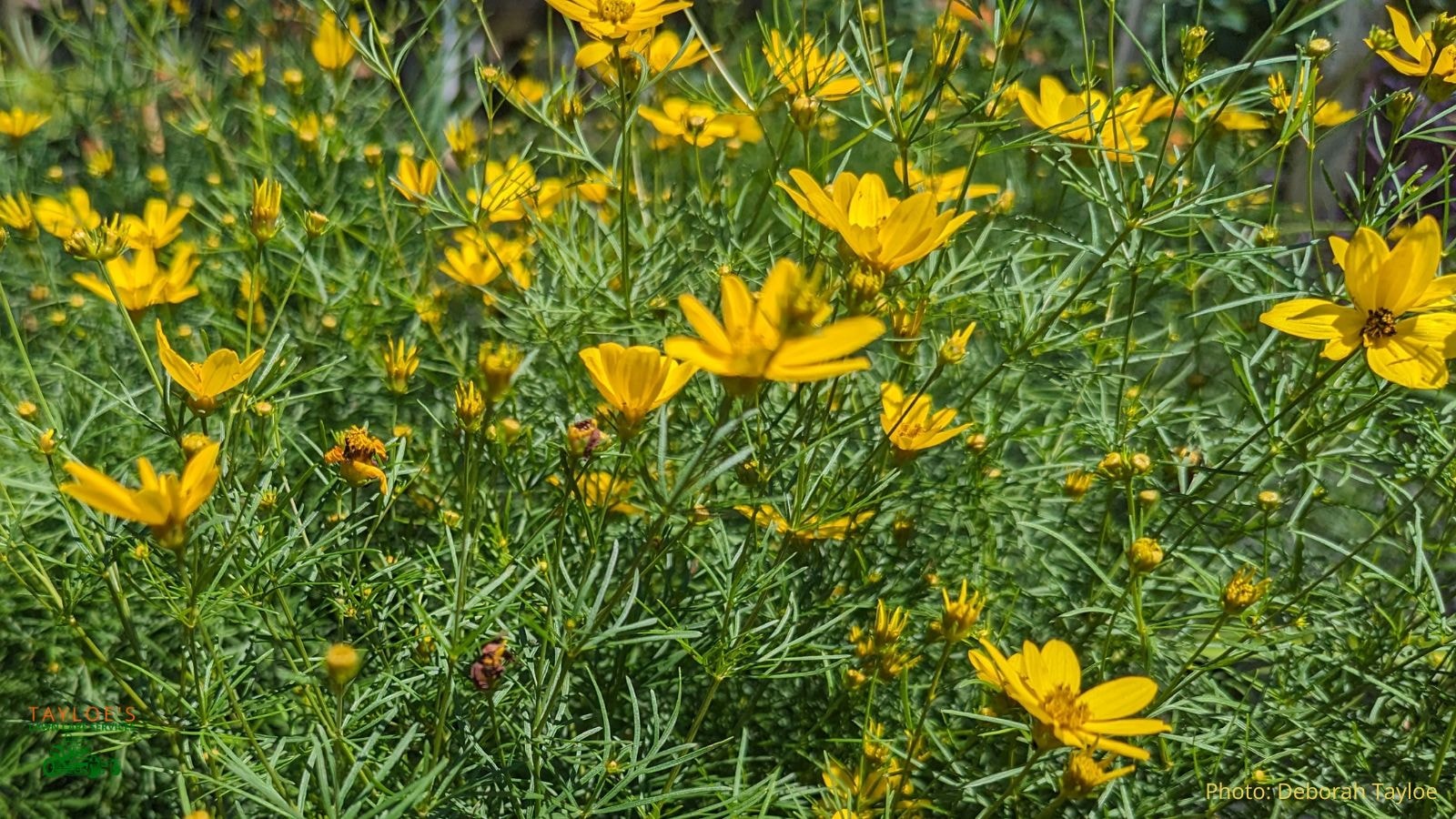
Light Requirements
Threadleaf Coreopsis thrives in full sun to part-sun conditions, with ideal direct sunlight. Flourishing requires at least six hours of direct sunlight daily. It does not like the shade.
Soil Tolerance
One remarkable trait of Coreopsis verticillata is its ability to grow in various soil types, including both rocky soils and infertile soils.
While it can tolerate poorly drained soils, it prefers well-draining soil for optimal growth. Its versatility makes it an excellent choice for gardeners in challenging or infertile soil conditions.
Drought Tolerant
This plant tolerates dry soils, including infertile sandy soil. It will tolerate drought with minimal watering. However, regular watering will enhance its performance, ensuring lush foliage and abundant blooms. The drought tolerant nature makes Coreopsis verticillata perfect for xeriscaping or where dry soil or heat is a concern.
Long Bloom Time and Long-lived Yellow Flowers
Threadleaf Coreopsis produces clusters of daisy-like flowers with yellow petals that bloom from late summer to early fall. The blooming period can extend from June to September, with deadheading spent flowers encouraging even longer blooming periods. The vibrant yellow flowers add a splash of color to any garden, attracting butterflies and other pollinators and adding visual interest.
Interesting Needle-Like Foliage
The finely divided, needle-like foliage of Threadleaf Coreopsis gives the plant a delicate, airy appearance that adds texture to any garden. This unique foliage not only enhances the plant’s visual appeal but also provides a contrasting backdrop for its vibrant yellow petals.
Hardiness Zone and Growth Habit
Hardy in USDA zones 5-8, Threadleaf Coreopsis is suitable for a wide range of climates. It can grow up to 3 feet tall, forming clumps with finely divided, plume-like foliage. This growth habit makes it an excellent choice for mass plantings, cottage gardens, and borders.
Cultivation and Care of the Whorled Coreopsis
Threadleaf Coreopsis should be planted in early spring when the soil can be worked. Divide and replant the clumps every 3-4 years to maintain plant health and vigor.
Watering and Fertilization
Regular watering is essential, but just until the soil is moist. Overwatering can lead to root rot. Light fertilization is recommended when planted in poor soil conditions.
Pruning and Maintenance During the Heat of Summer
Deadhead spent flowers to encourage prolonged blooming. Cutting back the plant during the summer heat can promote a secondary bloom in the fall, ensuring continuous beauty in your garden.
Coreopsis Verticillata Spreads by Rhizomes and by Seeds
Threadleaf Coreopsis spreads by rhizomes, underground stems that will spread to create new shoots and roots. This spreading habit allows the plant to form dense clumps, making the plants an excellent choice for ground cover and or to prevent erosion in dry soil.
The plants also produce numerous seeds after flowering. The seed will self-sow in the garden, leading to new plants the following growing season. This dual method of spreading—by rhizomes and seeds—contributes to its ability to form dense and vibrant patches in the landscape.
The seeds often attract late-season birds looking for food and nectar as summer ends.
When Does Threadleaf Coreopsis Verticillata Go Dormant?
Threadleaf Coreopsis typically goes dormant in late fall or early winter, after the first hard frost. During this time, the foliage dies back, and the plant conserves energy to survive the colder months, re-emerging in the spring with new growth.
Benefits and Uses of Whorled Coreopsis
Threadleaf Coreopsis is a good choice for mass plantings and borders. Its vibrant yellow flowers and finely divided foliage make it a fine addition to your garden. It can also be used as a specimen plant or in containers, adding versatility to its list of attributes.
It’s also worth reminding once again that these full-sun lovers are also deer-resistant.
Medicinal and Edible Uses
Traditionally, Coreopsis verticillata has been used in medicine for its anti-inflammatory properties. The flowers and leaves can also be used in salads and garnish, adding a unique touch to culinary dishes.
However, please check with your family doctor before adding it to your dinner plate; medicine interactions are common and do occur. (Also, never take medical advice from a lawn care specialist. We’re not doctors!).
Potential Issues With These Plants
Here are some common pitfalls before investing in the Whorled Tickseed flower.
Common Pests and Diseases
Threadleaf Coreopsis is susceptible to root-knot nematodes, aphids, plant bugs, and fungal diseases like rot and powdery mildew. Regular monitoring and early intervention are key to maintaining plant health.
Crown Rot Disease
Crown rot is a significant issue for these plants. It is often caused by overwatering or poor drainage, leading to fungal infections at the plant’s base. To prevent this problem, ensure the soil is well-draining and avoid excessive watering, particularly around the plant’s crown.
Solutions and Prevention
To prevent pest and disease issues, practice crop rotation and remove weeds regularly. Applying fungicides and insecticides as needed can also help keep infestations at bay, ensuring your plants remain healthy and vibrant.
It Doesn’t Tolerate Salt Water Very Well
One question many in Eastern NC often ask about is saltwater tolerance for various plants.
Coreopsis Verticillata is not particularly tolerant of salt water. While it is a hardy and versatile plant, exposure to salt water can damage its foliage and overall health. It is best grown in inland gardens or areas where it is not subjected to salt spray or saline soil conditions.
The Takeaway: Coreopsis Verticillata Plants Thrive From Early Spring to Fall Each Year
Threadleaf Coreopsis is a low-maintenance, drought-tolerant plant that thrives in full sun and poorly drained soils. Whorled Coreopsis plants tend to emerge in early spring, showing off beautiful green foliage until the flowers make their summer debut that last almost until fall.
Its yellow, daisy-like flowers and finely divided foliage make it an attractive addition to any garden or landscape. Whether used in mass plantings, as a border plant, or in containers, Coreopsis verticillata will surely add beauty and resilience to your garden.
Are you looking to make your lawn and garden look its best? Consider Tayloe’s Lawn Care Services, LLC. We have the experience to help you reach all your lawn care goals. Connect with us at 252.287.3376 or follow us on Facebook.
Author Profile

- Deborah Tayloe is the CEO and co-founder of Tayloe's Lawn Care Services, LLC. She has a B.S.Ed and holds certificates in soil and water management and herbology from accredited programs.
Latest entries
 GardeningSeptember 27, 2025What perennials, shrubs, and trees don’t like fall pruning (and why)?
GardeningSeptember 27, 2025What perennials, shrubs, and trees don’t like fall pruning (and why)? Trees and ShrubsSeptember 14, 2025Fall Shrub Pruning Guide (September–October)
Trees and ShrubsSeptember 14, 2025Fall Shrub Pruning Guide (September–October) Trees and ShrubsApril 22, 2025Boxwood Blight: Early identification and isolation
Trees and ShrubsApril 22, 2025Boxwood Blight: Early identification and isolation Flower GardenApril 8, 2025John F. Kennedy Rose: Hybrid tea rose with elegant white blooms
Flower GardenApril 8, 2025John F. Kennedy Rose: Hybrid tea rose with elegant white blooms

